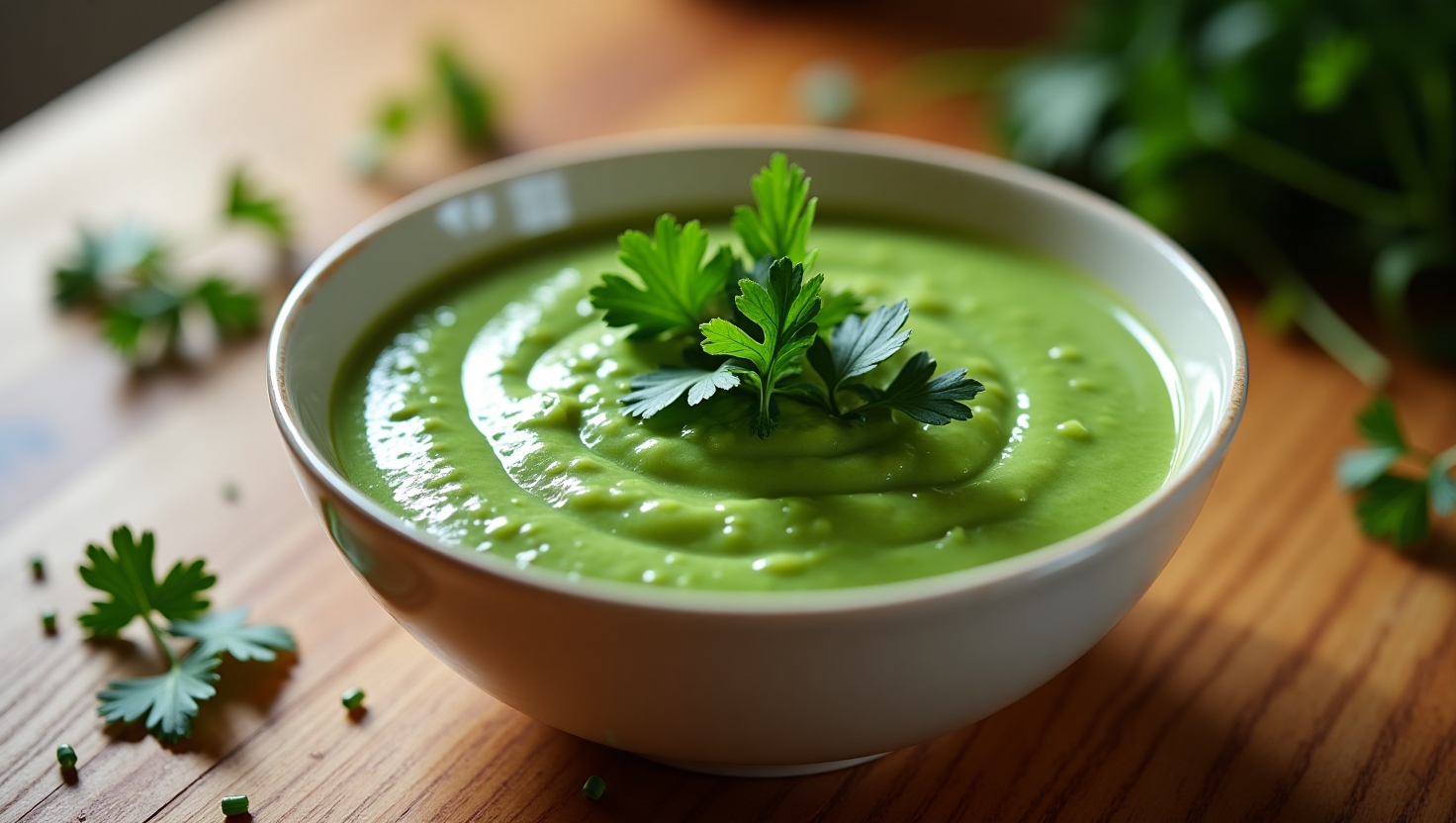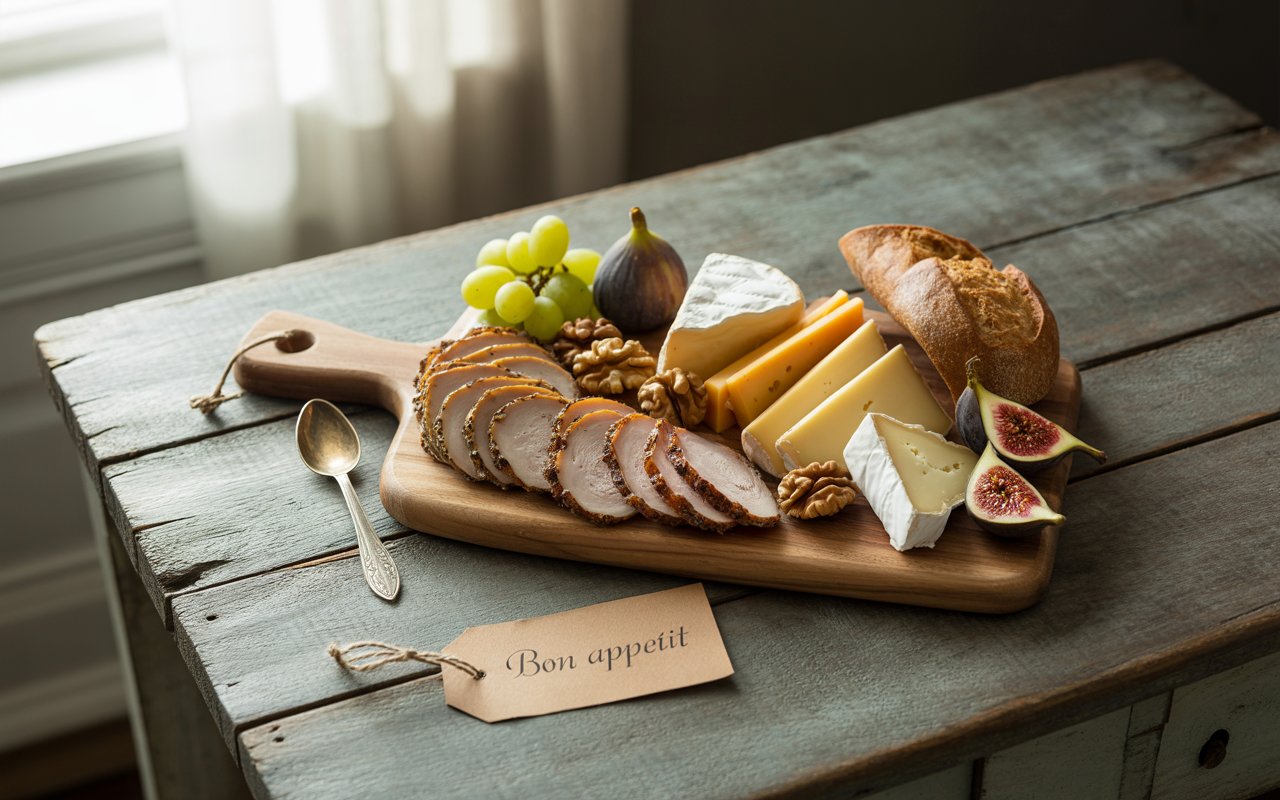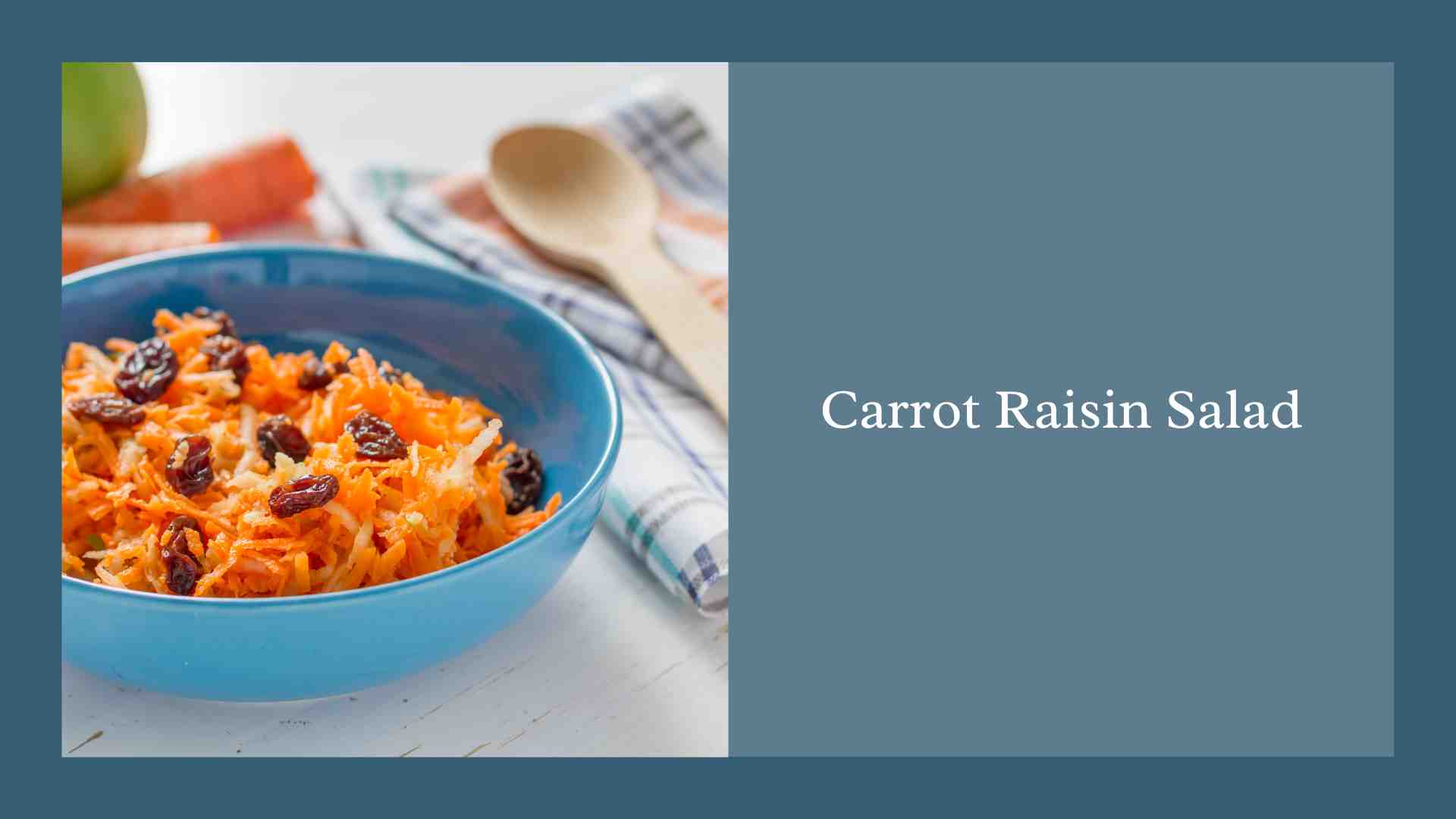Salmon Wellington is not just a dish; it’s a culinary experience that combines rich flavors with elegant presentation.
As a delightful twist on the classic Beef Wellington, this dish features tender salmon fillets wrapped in flaky puff pastry, often paired with vibrant herbs and vegetables.
Whether you’re hosting a special occasion or seeking a comforting dinner, It will impress your guests and tantalize your taste buds.
In this article, we’ll explore where it was first created, where it is popular, its benefits, pros and cons, and provide you with a delicious recipe to try at home.
What Is Salmon Wellington?
This delicious dish is made by wrapping a salmon fillet in puff pastry, often with a layer of spinach, herbs, and sometimes a mustard or cream-based sauce.
This luxurious preparation results in a beautifully golden crust encasing the tender salmon, making it a true showstopper at the dinner table.
The Origins of Salmon Wellington

While this dish doesn’t have a clear, documented origin, its inspiration comes from Beef Wellington, a famous dish with English roots dating back to the early 19th century.
The idea of wrapping a high-quality protein in pastry to keep it moist and flavorful likely sparked the creation of Salmon Wellington as a seafood alternative.
Over time, this dish has become a popular choice for festive occasions and dinner parties.
Where Is Salmon Wellington Popular?
This dish has become popular in various regions, especially in Europe and the United States.
It is commonly found in upscale restaurants and is often featured at holiday gatherings, special celebrations, and fine dining events.
Its appeal lies in its gourmet appearance and delectable flavor, making it a favorite among seafood lovers.
Benefits of Salmon Wellington

- Nutritious: Salmon is an excellent source of omega-3 fatty acids, protein, and essential vitamins, promoting heart health and overall well-being.
- Versatile: The dish can be easily customized with various fillings and spices, allowing you to experiment with flavors.
- Elegant Presentation: Wrapped in pastry, the dish looks impressive on the plate, perfect for special occasions.
Pros and Cons of Salmon Wellington
Pros:
- Flavorful: The combination of salmon and herbs wrapped in pastry creates a delightful flavor profile.
- Impressive: This dish will impress guests at any gathering or celebration.
- Easy to Prepare: With pre-made puff pastry, preparing this dish can be relatively straightforward.
Cons:
- Caloric: The puff pastry adds extra calories, which may not suit all diets.
- Preparation Time: While it can be simple, it may take time to prepare, especially for beginners.
- Temperature Sensitivity: Salmon should be cooked to a specific temperature for safety, requiring attention during cooking.
Recipe: Delicious Salmon Wellington

Ingredients:
- 1 pound of fresh salmon fillet
- 1 sheet of puff pastry (thawed)
- 1 cup of fresh spinach (cooked and drained)
- 2 tablespoons of cream cheese (softened)
- 1 tablespoon of Dijon mustard
- 1 egg (beaten, for egg wash)
- Salt and pepper to taste
- Optional: fresh herbs (dill or parsley)
Instructions:
- Preheat the Oven: Preheat your oven to 400°F (200°C).
- Prepare the Filling: In a bowl, combine the cooked spinach, cream cheese, Dijon mustard, salt, pepper, and herbs. Mix well until smooth.
- Assemble the Wellington:
- Roll out the puff pastry on a lightly floured surface.
- Place the salmon fillet in the center of the pastry.
- Spread the spinach mixture over the salmon.
- Fold the pastry over the salmon, sealing the edges well to prevent leaks.
- Egg Wash: Brush the outside of the pastry with the beaten egg for a golden finish.
- Bake: Place the wrapped salmon on a baking sheet lined with parchment paper. Bake for about 25-30 minutes or until the pastry is golden brown.
- Serve: Let it cool for a few minutes, slice, and serve with your favorite sides.
Conclusion
Salmon Wellington is a delightful dish that combines rich flavors and elegant presentation, making it a perfect choice for any occasion.
With its nutritious ingredients and versatile nature, this dish is sure to be a hit at your next gathering. So, why not give this recipe a try and indulge in its deliciousness?
FAQs
Can I use frozen salmon for Salmon Wellington?
Yes, you can use frozen salmon, but ensure it is completely thawed and drained of excess moisture before wrapping it in pastry.
What can I serve with Salmon Wellington?
It pairs well with various sides, such as roasted vegetables, mashed potatoes, or a fresh salad.
How do I know when Salmon Wellington is cooked?
For safe consumption, the salmon’s internal temperature should reach 145°F (63°C), and the pastry should be golden brown and flaky.
Can I make Salmon Wellington in advance?
Yes, you can assemble it in advance and refrigerate it until you are ready to bake. Just be sure to allow it to come to room temperature before baking.
Are there vegetarian options for Wellington?
Absolutely! You can substitute the salmon with various vegetables, mushrooms, or even plant-based proteins wrapped in the pastry.
What type of puff pastry should I use?
You can use store-bought frozen puff pastry for convenience. For the best flavor and texture, look for all-butter versions.
Can I freeze leftover Salmon Wellington?
Yes, you can freeze leftovers of this dish. To prevent freezer burn, wrap them tightly in plastic wrap and then aluminum foil.
How do I reheat Salmon Wellington?
To reheat, place it in a preheated oven at 350°F (175°C) until warm. This helps keep the pastry crispy.










